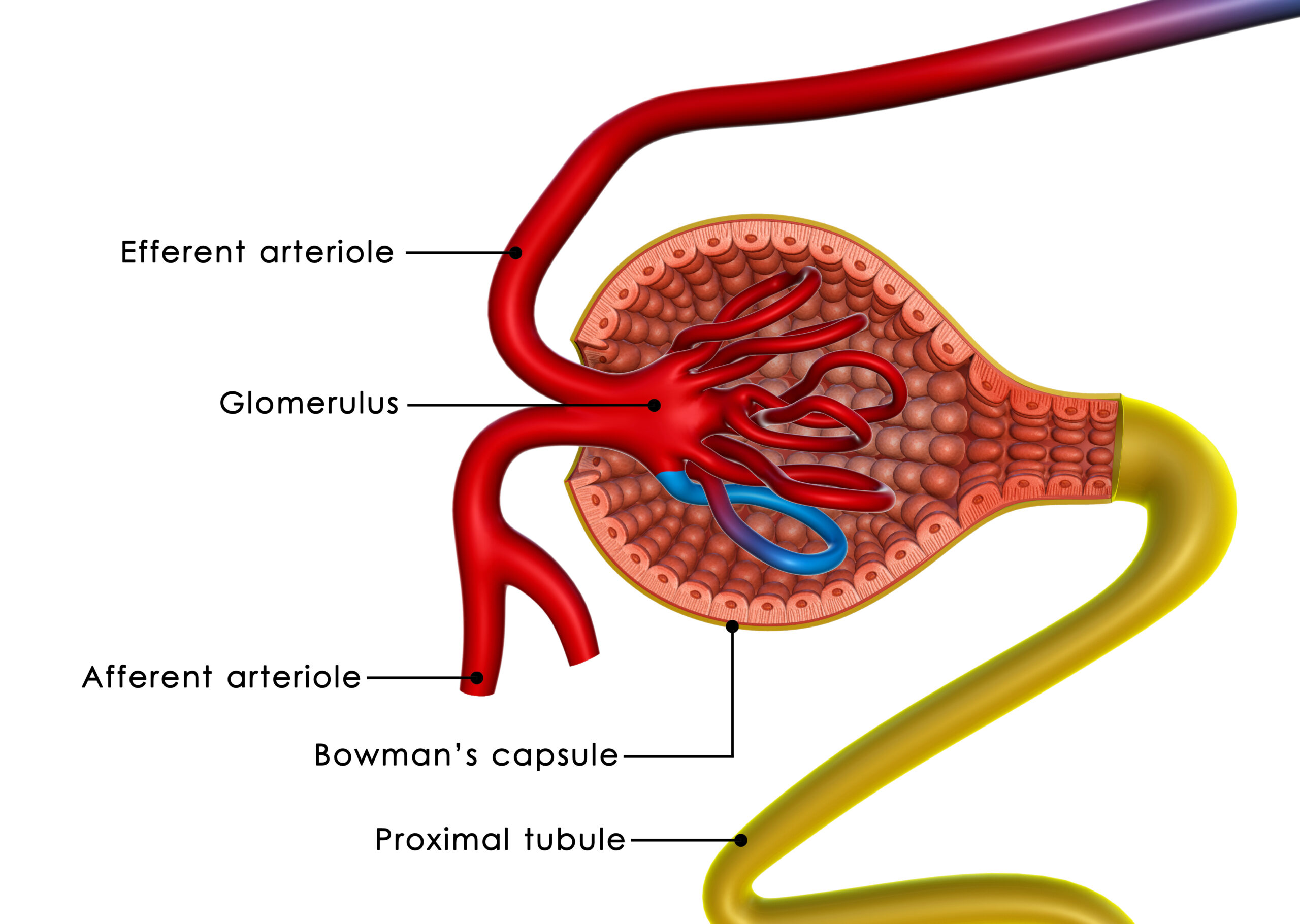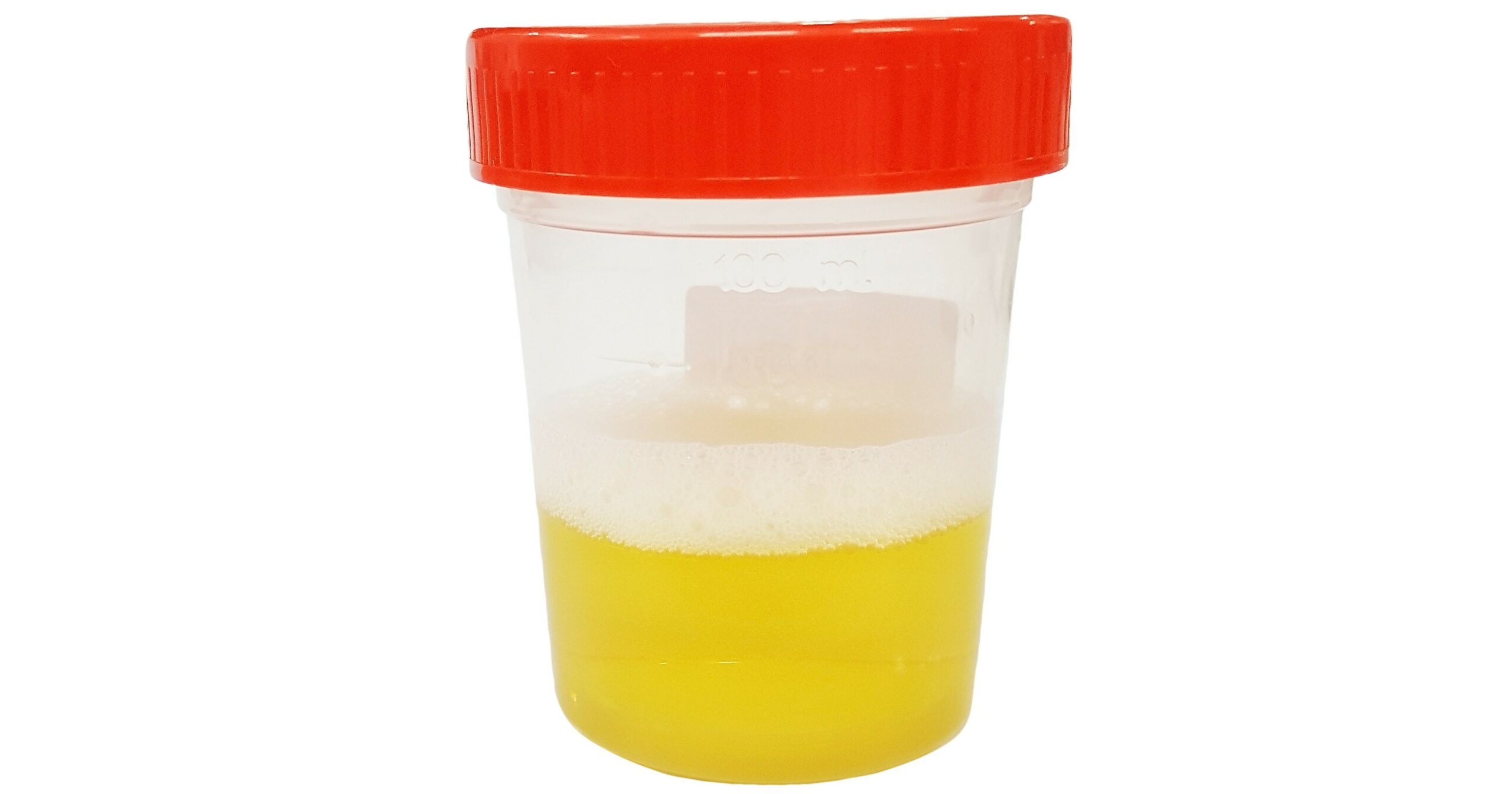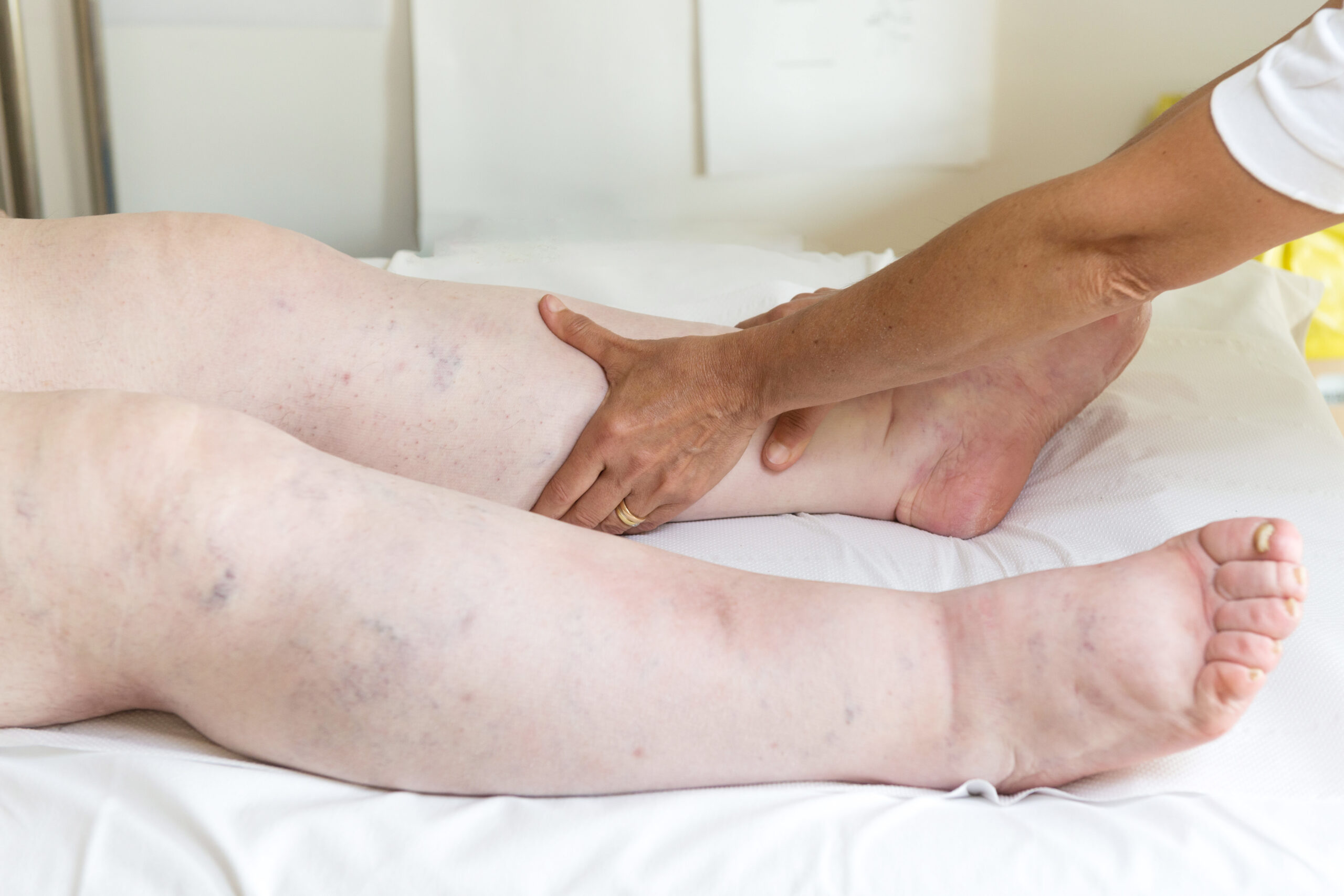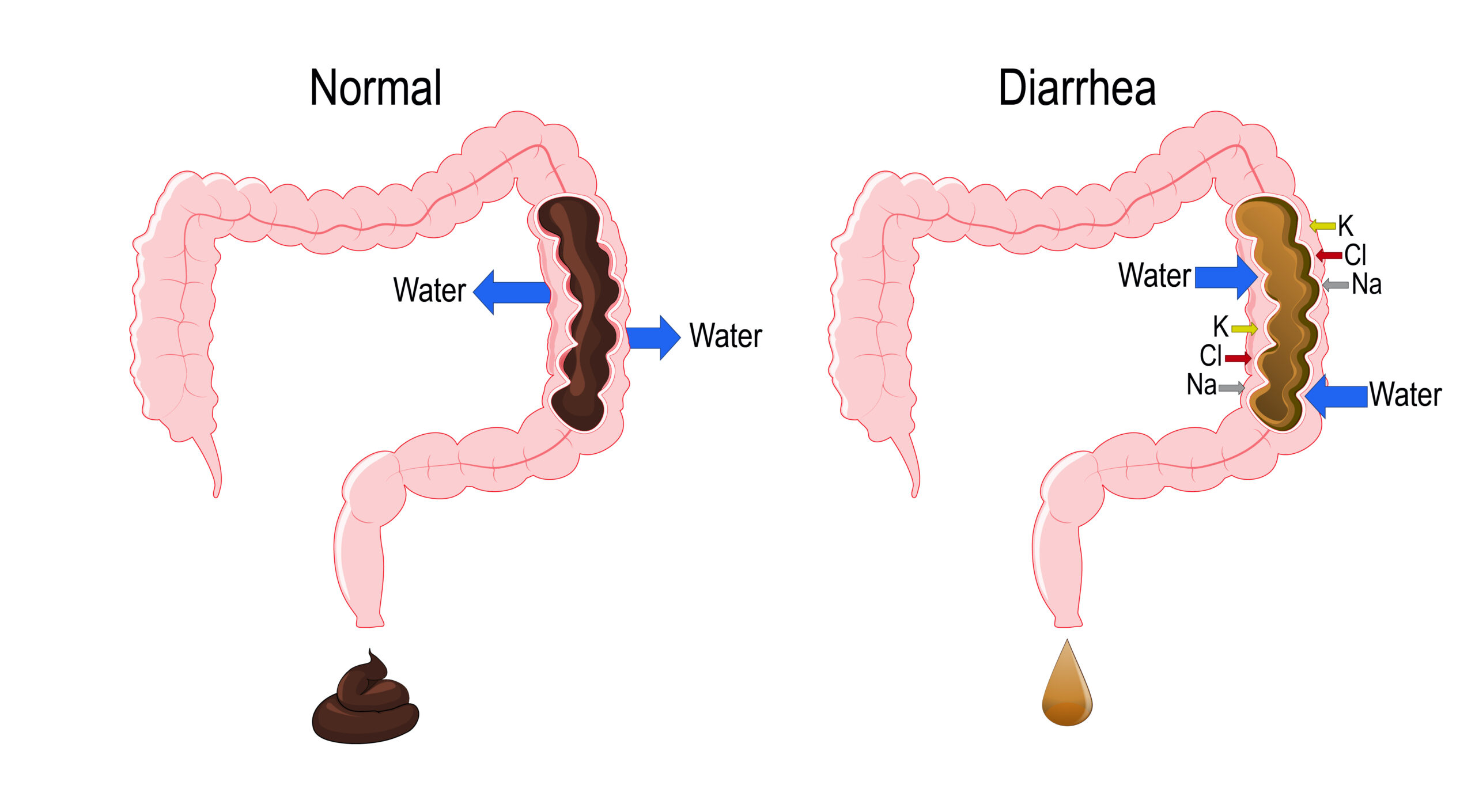Nephrotic Syndrome
ACLS Certification Association videos have been peer-reviewed for medical accuracy by the ACA medical review board.
Article at a Glance
- Patients with nephrotic syndrome have massive proteinuria and fluid volume overload.
- Nephrotic syndrome may damage T-lymphocytes.
- Clinicians will learn about nephrotic syndrome pathophysiology, the signs and symptoms, and nursing care.
Nephrotic syndrome is a kidney disorder sometimes confused with glomerulonephritis because the pathophysiology, signs, and symptoms are similar. Nephrotic syndrome contains three main factors:Introduction to Nephrotic Syndrome
T-lymphocytes (also known as T-cells) are responsible for nephrotic syndrome. They release chemical mediators which directly damage the glomeruli and the capillaries, increasing their permeability. That makes the glomeruli permeable to red blood cells and proteins. Alternatively, the B-lymphocytes are responsible for glomerulonephritis. In glomerulonephritis, IgG and anti-IgG complexes are formed in what is called humoral immunity. The glomerulus is a bundle of capillaries that filter waste products from the blood.T-Lymphocytes

Related Video – What is Glomerulonephritis?
Following are the etiologies involved in nephrotic syndrome. One etiology involved in nephrotic syndrome is glomerulonephritis. Glomerulonephritis that progresses and does not respond to treatment may turn into nephrotic syndrome involving the T-lymphocytes. The T-lymphocytes further damage the glomeruli. Diabetic nephropathy is another etiology of nephrotic syndrome due to a process called focal segmental glomerulosclerosis (FSGS). That process is initiated with glomerulonephritis, but it ends up with the glomeruli becoming scarred. FSGS is the most common, primary cause of nephrotic syndrome. Read: GlomerulonephritisEtiologies
The essential feature of nephrotic syndrome is proteinuria. Proteinuria results in frothy, tea-colored urine. Patients may lose up to three grams of protein per day via urine. Alternatively, glomerulonephritis causes hematuria, Coca-Cola-colored urine. A hallmark sign of proteinuria is frothy urine. The frothiness is due to protein that has leaked out from the kidneys. The huge protein loss resulting from proteinuria causes hypoalbuminemia. Neither oncotic pressure nor colloid osmotic pressure is holding onto fluid within the vessels. The fluids will leak out into the interstitial space, causing edema. The edema will present in the periorbital area. There will also be peripheral edema. Hypertension will be present as edema, increasing systemic vascular resistance.Proteinuria

Related Video – Pathophysiology of Hypertensive Nephropathy
All nursing interventions, assessments, monitoring, and medications are aimed at reversing fluid volume overload. Providers also diligently assess for edema. Due to its size, providers must add meticulous skincare to their priority list because those edematous places are prone to skin tears and decubitus ulcers. Edema is excess fluid in the body’s tissue. Edematous places are more prone to skin tears and ulcers. Providers monitor for blood pressure, watching for edema and the daily weights, and lung sounds because fluid overload can impede breathing. They’ll also administer antihypertensives, particularly ACE inhibitors. Similarly to treating glomerulonephritis, providers administer albumin to pull fluid back into the vascular space before administering diuretics to remove it. Clinicians give corticosteroids to suppress that immune response as well as antibiotics if the etiology is an infectious cause.Fluid Volume Overload

Nephrotic syndrome is a kidney disorder that affects the T-lymphocytes, causing proteinuria and fluid overload. Providers must monitor patients to prevent or manage fluid overload as it may cause large edemas or hypertension.Summary
More Free Resources to Keep You at Your Best
Editorial Note
ACLS Certification Association (ACA) uses only high-quality medical resources and peer-reviewed studies to support the facts within our articles. Explore our editorial process to learn how our content reflects clinical accuracy and the latest best practices in medicine. As an ACA Authorized Training Center, all content is reviewed for medical accuracy by the ACA Medical Review Board.

